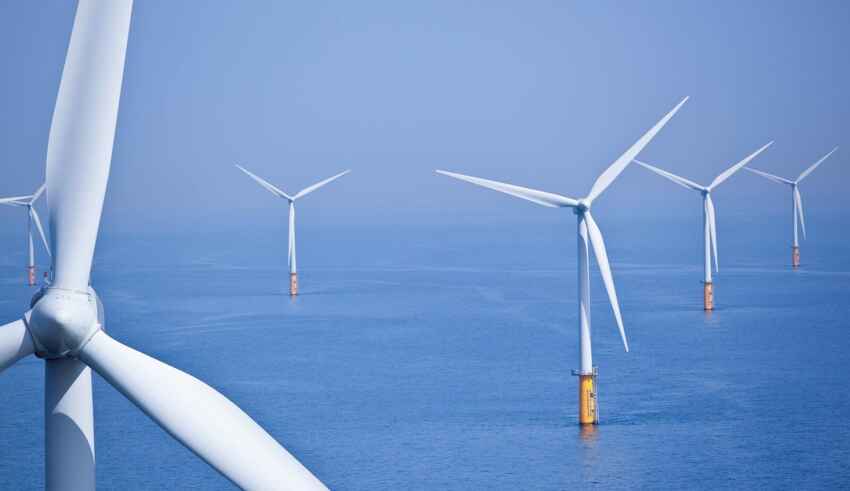
The future of the planet depends on the responsible use of energy. In this sense, the production and consumption of energy not only has a direct impact on climate change but also on other factors such as health, employment, mobility, security, and food production. Therefore, in this transformation process, countries and companies have a fundamental role to play in the energy transition. This article examines Japan’s approach to addressing and combating climate change by exploring the strategies and measures it has implemented.
Alternative energy production has become a priority for Japan. In this respect, the government’s Green Growth Strategy, published last year, calls for the introduction of up to 3 million tons of hydrogen production capacity by 2030, rising to approximately 20 million tons by 2050. Japan must develop its own hydrogen industry to avoid importing hydrogen (Mukano, 2021). Besides, energy policy was one of the key topics at the G7 meeting held in Japan from the 19th-21st of May.
Japan’s technology is at the forefront of this green revolution. As the Euronews report indicates Japan has a vast land and coastal area, offshore wind power could be one of the answers to Japan’s energy needs. But there are also several challenges… Japan has areas heavily hit by typhoons, making it a strategic location to test the resilience of its floating turbines. In this regard, the country has both floating and fixed turbine wind farms to generate energy, and the Akita offshore wind farm was the first large-scale wind farm in the world (Giner, 2023).
Japan presents a unique challenge due to the presence of both intense typhoons and relatively weak regular winds. Therefore, it is imperative to address both challenges simultaneously. One solution is to increase the length and slenderness of the blades, which translates into an increase in regular power generation as a result of the longer reach of the blades. According to Professor Ishihara Takeshi of the University of Tokyo, ‘thinner blades can reduce excessive wind during typhoons. Thanks to advanced Japanese carbon fiber technology, it is now possible to manufacture exceptionally long, thin, and robust blades’. Furthermore, the Gotō wind farm is scheduled to begin commercial operation in January 2024. In addition, the port of Kobe is home to the world’s first liquefied hydrogen transport vessel. Japan is emphasizing the development of “green hydrogen” as one of its major clean energy initiatives. As a pioneering country, it formulated a hydrogen strategy in 2017 and now aims to increase annual supply to 12 million tons by 2040 (Giner, 2023).
On the other hand, as far as Europe is concerned, hydrogen is of significant importance within the framework of the European Green Pact. The creation of renewable hydrogen fueled by solar and wind energy is one of the European Commission’s top priorities (Jan Jordaens, 2022).
This green ecosystem, composed by ‘green hydrogen and ‘offshore wind energy’, is attracting a growing number of companies willing to invest in the country’s green sector. This has many benefits for the country in terms of growth. Moreover, this situation makes it very likely that other countries will follow in Japan’s footsteps in the fight against climate change and its effects, as it concerns us all.
References
- Jan Jordaens, P. (2022). What future for the marriage between offshore wind energy and hydrogen production?. Innovation forwards. Retrieved from: https://www.sirris.be/en/inspiration/what-future-marriage-between-offshore-wind-energy-and-hydrogen-production
- Giner, C. (2023). ‘Reportaje sobre el Hidrógeno verde’ y ‘energía eólica marina’: armas de Japón para luchar contra el cambio climático’ (Report on the ‘Green hydrogen’ and ‘offshore wind energy’: Japan’s weapons to fight climate change’). Euronews. Retrieved from: https://www.dailymotion.com/video/x8kyck9
- Mukano, R (2021). Offshore wind to power Japan’s biggest green hydrogen plant. Nikkei Asia. Energy. Retrieved from: https://asia.nikkei.com/Business/Energy/Offshore-wind-to-power-Japan-s-biggest-green-hydrogen-plant2
- Sugigaki, Yuko (2021). Japanese tech to slash green hydrogen costs by two thirds. Nikkei Asia. Environment. Retrieved from: https://asia.nikkei.com/Spotlight/Environment/Japanese-tech-to-slash-green-hydrogen-costs-by-two-thirds
By The European Institute for International Law and International Relations.















